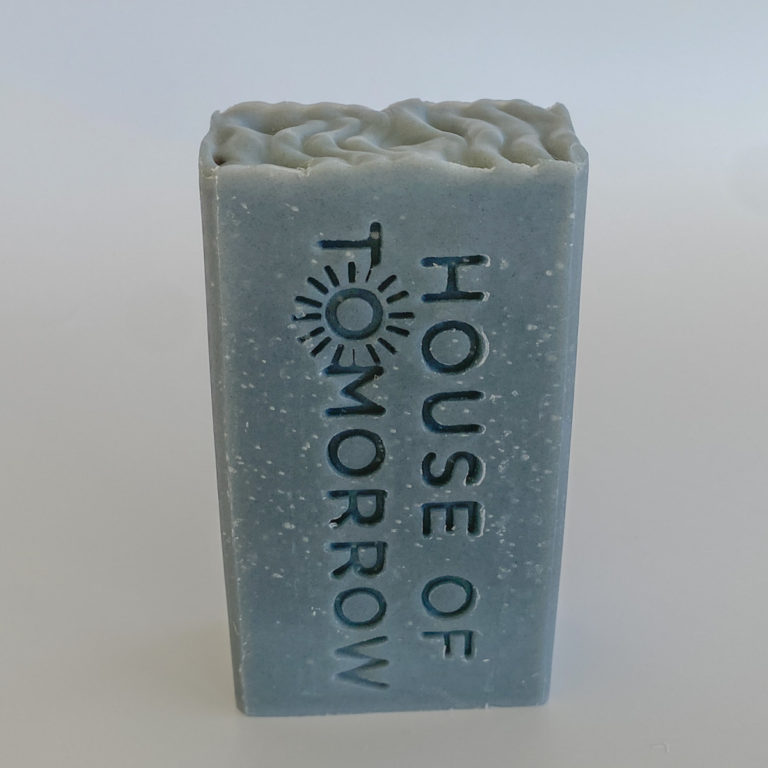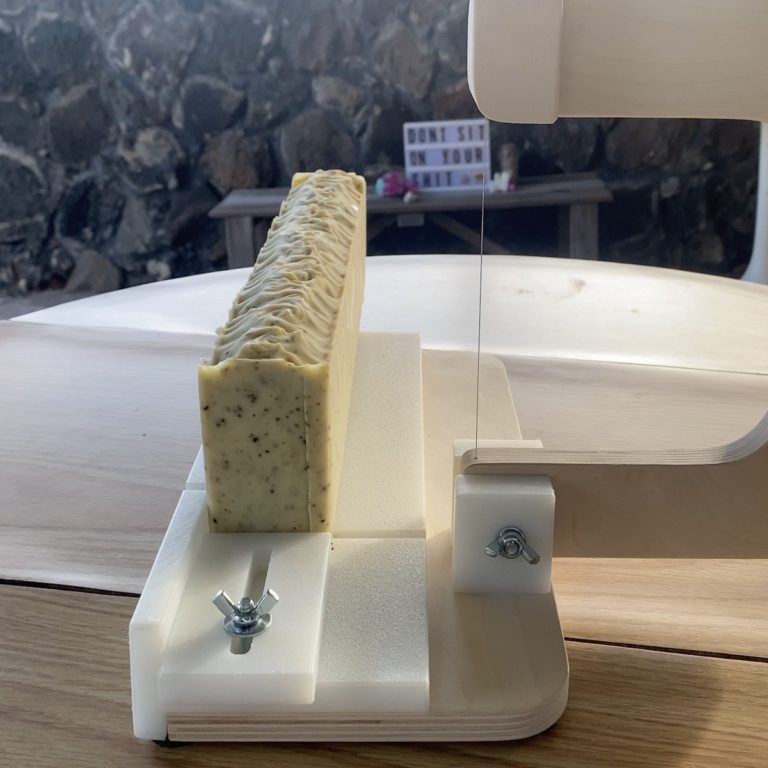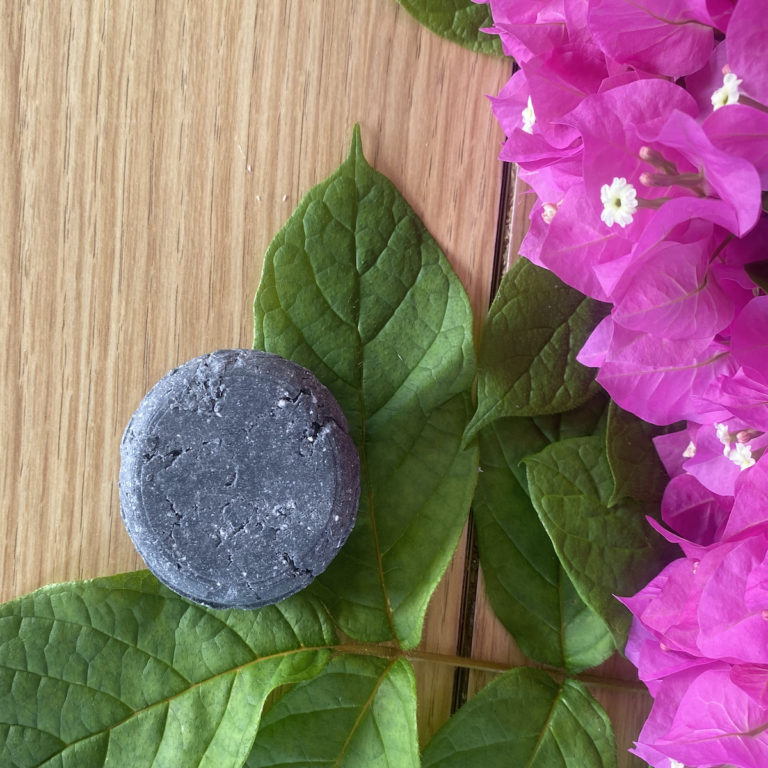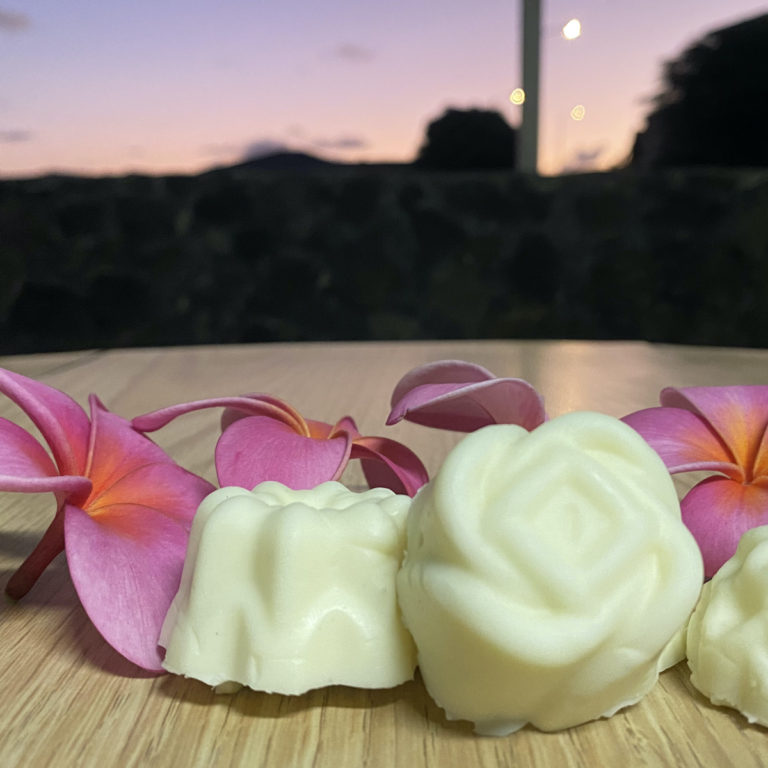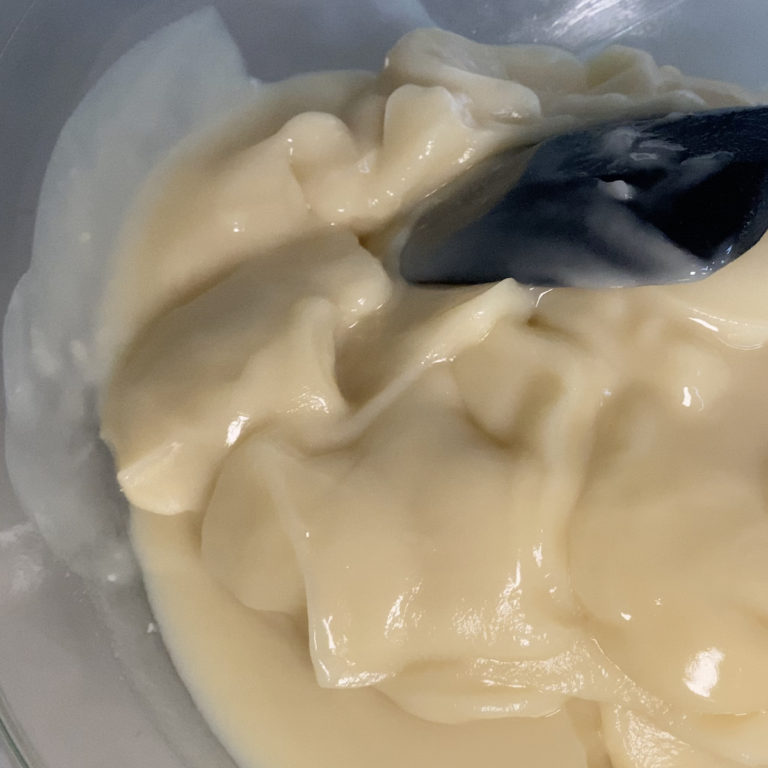Is Hot Process Soap Better For Skin?
Given that cold process soap is a lot easier to make, it makes sense for any soaper to wonder why anyone would bother with hot process in the first place. Is hot process soap better for skin, or are there other factors that sway some hot processes to go through the extra trouble?
As usual, anything I share here is just my opinion. I’m not a chemist, dermatologist, or anyone with any legit credentials. But despite all that lack of credibility, I guess I’m sharing my thoughts on this anyway (hehe).
A Quick Look At Cold Process First
Yes, cold process soap is definitely easier to make. Its cleaner, it uses fewer tools, it requires a much less watchful eye. It’s my go-to when I just need to get some soap made.
It also allows for practically limitless flexibility in design. You can do so much more with colors like swirling, layering, and creating embeds if you don’t have to deal with the glumpy texture of hot process soap.

So, here’s where I think the weakness in cold process soap is: it’s more likely to destroy certain compounds found within essential oils than hot process is. Since raw soap batter is extremely alkaline due to lye (which causes really strong reactions), essential oils (often fragile by nature) can suffer. Certain compounds found in really popular essential oils like lavender and ylang-ylang are known to be reactive to lye. This can change the way they smell, or notably reduce their aroma, post-cure.
Please do yourself a favor and check out this highly enlightening interview of Kevin Dunn (author of Scientific Soapmaking) and the accompanying essential oils chart he shares. It has really helped me to determine what essential oil blends I want to use in cold process soap vs hot process soap.
So Is Hot Process Soap Better For Skin Because It’s Better At Preserving Essential Oils?
Many people would say yes to this. The lye is consumed during the soap “cook.” By the time you add in your essential oils at the end, there’s no more lye left.
If I were pressed to give an opinion right here and now, I’d say you’d get the best results with hot processing any soap that features any essential oils known to be degraded by the alkalinity of lye in raw soap batter.
And actually I would say its also true for essential oils with a low boiling point, since you can’t precisely control the high temperatures soap reaches during saponification, especially if using a method like like cold process oven processing, or insulating cold process soap over a heating pad. When you use the hot process method, you can always read the temperature of your soap and just wait until it’s cool enough before adding essential oils, which gives you a much greater degree of control.
Obviously, I believe the advantage of the hot process soap’s lack of effect on essential oil compounds disappears if you’re not even using essential oils in your soap.
And one more thing to note – just because the lye is consumed by the hot process method before you add your essential oils does NOT mean you’re in the clear.
You need to also consider the temperature of your soap at the point you add your essential oils. Ask the producer or seller of your essential oil what it’s boiling point is. Add it to your hot process soap only after the soap has cooled to a point lower than that boiling point.
In Conclusion, Whether Hot Process Soap Is Better For Skin Than Cold Process, Just Depends On Your Choice of EOs
In same cases (when you’re not using an essential oil that reacts with lye), you might want to just save yourself the trouble of cooking the soap, and keep it cold process.
In other cases (when you’re using a more reactive essential oil as part of a blend or on its own), hot process is so, so worth it.
As usual, experimentation is where you’re going to learn the most. Get to it and happy soaping!

